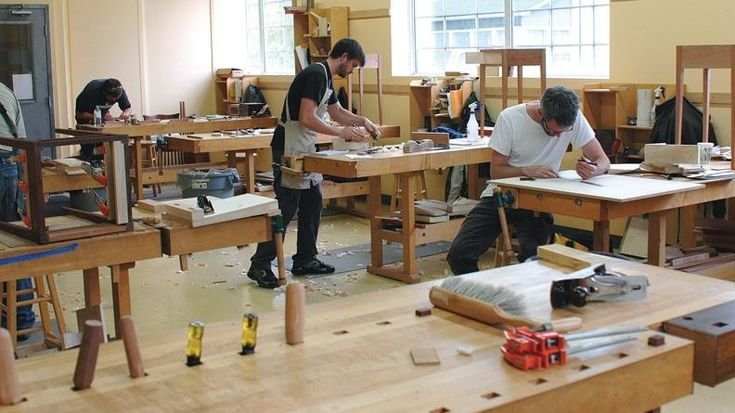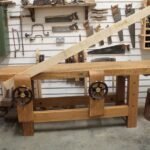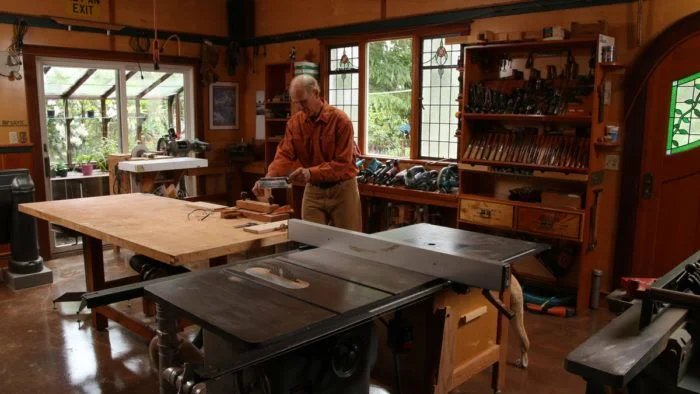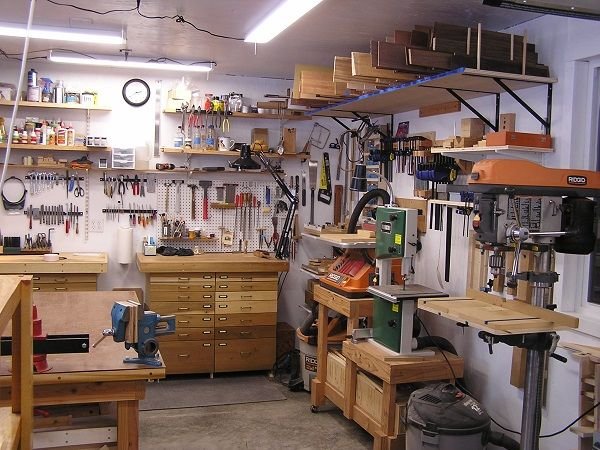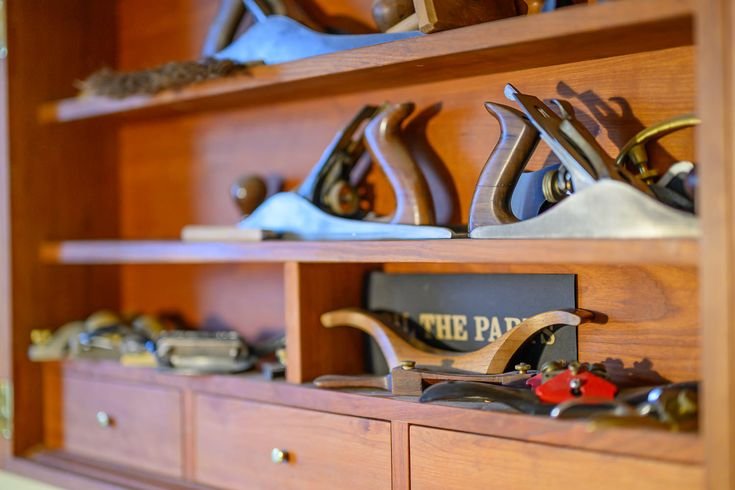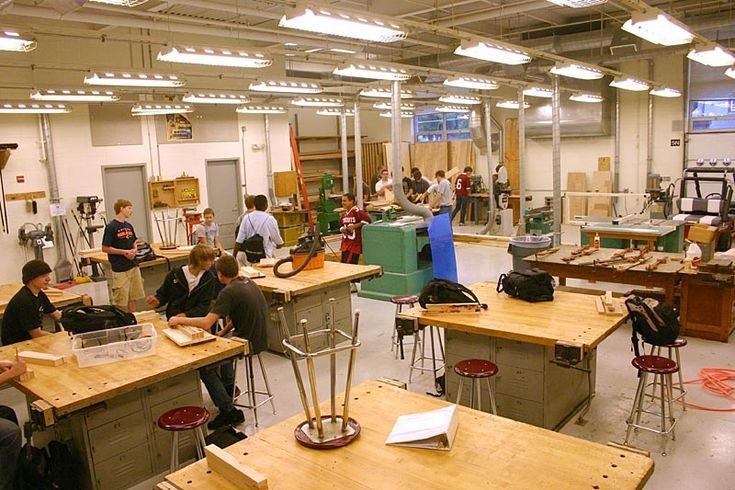The Magic of Templates in Woodworking
Sittin’ here on an easy Sunday morning, sippin’ my coffee—my trusty old mug is chipped, and you can tell it’s seen better days—but that just adds to the charm, right? I thought I’d share a little story about my adventures with woodworking templates. I can still picture the mess I made and the lessons I learned along the way. And hey, I’m pretty sure we can all use a laugh—or a wince—now and then, right?
So, this all started a few months ago when I decided to take on a kitchen table project. The one I had in mind was gonna be a real showstopper. I had this vision of a rustic, farmhouse-style table made from reclaimed oak. The smell of that wood? Mmm, it wafted through the garage like a warm hug every time I’d walk in. Nothing beats that earthy scent of freshly cut timber, if you ask me.
I thought, “Oh, I’m gonna show everyone how it’s done! I’ll whip up a perfect table.” Well, let me tell you, your boy was way too overconfident. I had this idea of using templates to make my life easier. They say templates can turn a novice into a pro, and I figured, well, how hard could it be?
The Great Template Adventure (if only it were that simple)
So, I headed over to the local Home Depot—can’t help but love that place. It’s like a candy store for folks like us. I grabbed some MDF for the templates, thinking it would be simple enough. I even bought myself a new Router, a nice DeWalt one that made a sweet sound when I turned it on. It felt like I was all geared up for battle.
At first, I was feeling myself. Cutting out those templates went smoothly—at least until I realized I had forgotten to account for the wood thickness in my measurements. Yeah. Classic rookie mistake. It was one of those moments where you just stop and stare at your work, wondering if your brain is on vacation.
I mean, I’d carefully crafted this beautiful template for the tabletop, and then I went to cut the actual wood, only to find that my measurements were off. The table legs were, uh, somewhere in the ballpark of ‘too short’ to be taken seriously. I almost threw it all against the garage wall in frustration.
There’s nothing quite like that moment of realization when you’ve put hours into something, only to see it all tumble down like a house of cards. But then I laughed. I mean, what else can you do? I grabbed my coffee and sat on the garage floor, holding the wonky leg in my hands. Sometimes you just need that time to regroup.
The Road to Recovery
Once I got over my little meltdown, I took a step back and looked at that template again. I realized I could use it to my advantage. If I tweaked my cuts a bit and followed more accurate measurements, I might just save this thing from the scrap heap.
So, back to the drawing board I went, reshaping my perspective and the wood pieces. The second time around, I made sure to double-check everything. I laid down all my pieces and pulled out my measuring tape—good ol’ Stanley tape measure that I’ve had for years. Even that has a little story: I found it under my grandpappy’s workbench one summer and kind of adopted it as my own.
This time, I was careful. As I worked, the sound of my saw singing through the lumber was like a little melody, and every cut felt cathartic. The templates were starting to feel more like my trusty pals instead of the culprits of my earlier failure.
The Rushed Finish Line
Now, you’d think after all this, I’d have learned my lesson about taking it slow, right? Nah! I started rushing again as I got closer to finishing the table. I wanted it done for a family gathering. I’m sure you can guess what happened next. I thought, “Let’s just slap on some stain and call it a day.” I used Minwax’s Dark Walnut because, let’s be honest, who can resist that deep, rich color?
And, oh boy, did I end up with a splotchy finish. You ever see wood that looks like it’s been through the wringer? That was my masterpiece. I remember staring at it, thinking, “Is this a table or an abstract painting?” There was this slight twinge of embarrassment, but at the same time, I realized, hey, this was my work. Splotchy or not, it had my heart in it.
Sipping Coffee and Embracing Imperfection
As I sat there, looking over my new table, I couldn’t help but laugh again. It was flawed, certainly. But it was also beautiful in its own way. Every knot in that wood, every little imperfection told a story. Sometimes I’d catch my family glancing at the table and smiling, sharing fond memories over meals—imperfect and all.
So, if you’re considering diving into the world of woodworking and templates, just remember: it’s okay to screw up. Seriously. If you’re like me, you’ll probably drop a few pieces, miscalculate a couple of things, and maybe even stain your hands darker than your soul at times.
But, in that messy process lies the magic. Those little victories, even on the days when it feels like you’re just creating a mess, shape who you are as a maker. So, grab that wood and those templates, and go for it. Because you know what? There’s beauty in the mess, and every project is a step closer to something wonderful.

